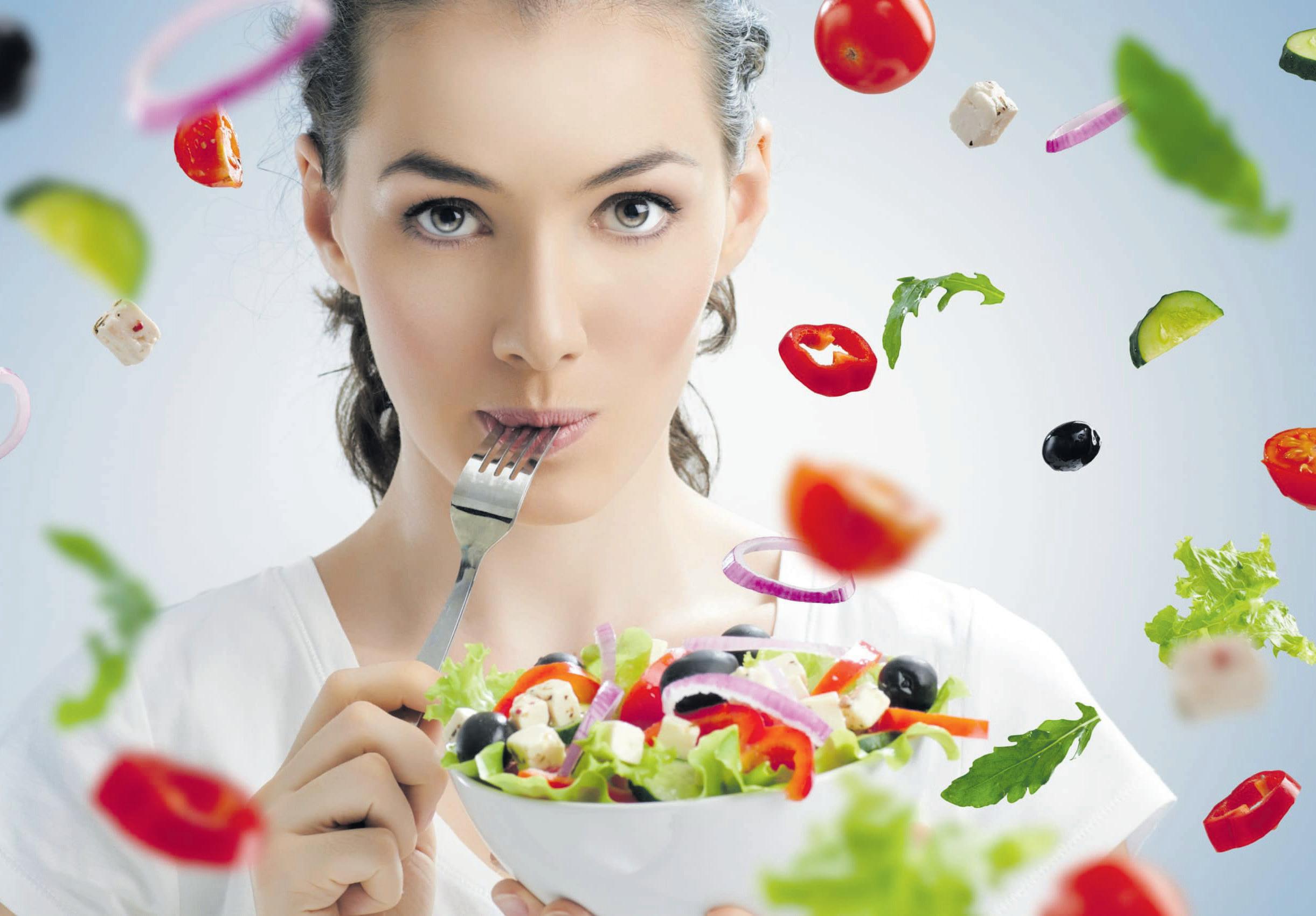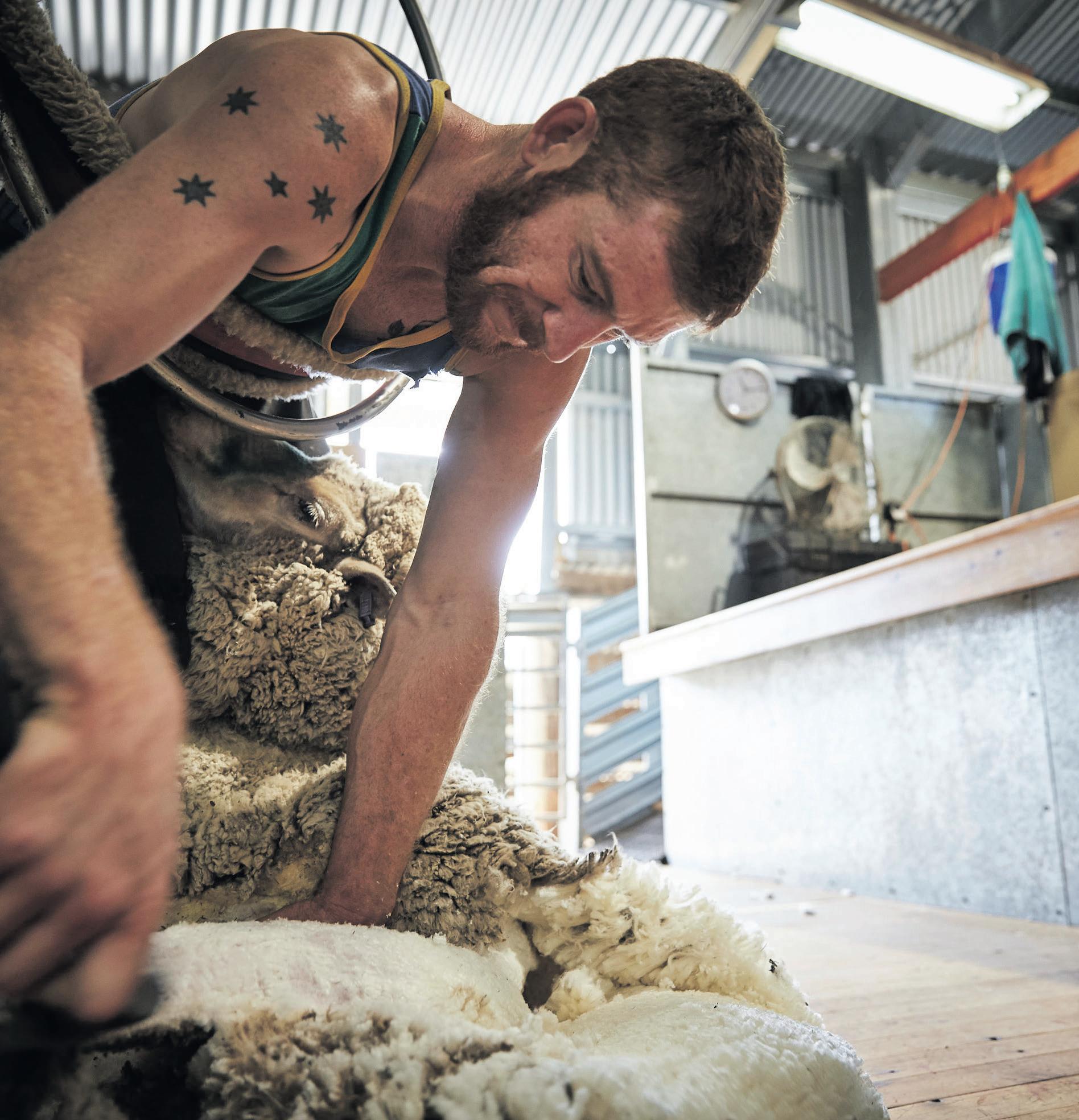
6 minute read
Rural
AUSVEG FEDERAL ELECTION PRIORITIES: BOOSTING CONSUMPTION, IMPROVING EFFICIENCY & INCREASING RESILIENCE
Driving increased consumption of vegetables and potatoes, developing more effective businesses, and becoming a more resilient industry are the core priorities of AUSVEG’s 2022 Federal Election Priorities, released ahead of the upcoming Federal Election this year. AUSVEG, Australia’s peak industry body for the vegetable and potato sectors, has published its priority list in the lead-up to the upcoming Federal Election, which highlights opportunities to com-bine the broader eating more vegetables and potatoes with the positive employment that growers generate for their regional communities. AUSVEG’s 2022 Federal Election Priorities are grouped into nine critical areas that will help improve Australian public, as well fresh producers and their communities: increasing domestic consumption of Australian vegetables, workforce, regenerative farming, biosecurity, emergency preparedness and prevention, competition and business, international trade, infrastructure and the next generation. AUSVEG CEO Michael Coote said that this list has been the result of extensive consultation from growers and industry associations from every major vegetable production region. “AUSVEG represents over 3,500 vegetable pro-ducers that account for 3.83 million tonnes of vegetable production worth $4.9 billion in farmgate value and over $5 billion in retail value annually – it is one of strongest performers of Australia’s agriculture industry,” said Mr Coote. “The production and supply of fresh produce is a truly a national industry that employs over 60,000 workers, not to mention the tens of thousands of additional jobs through the supply chain to process, transport and stock produce.
“AUSVEG’s 2022 Federal Election priority list is endorsed by our state and territory grower future success of our industry. This includes driving increased demand of Australian vegetables, secur-ing a productive workforce, protecting the future of vegetable production through biosecurity and sus-tainable growing practices, the industry through upgraded infrastructure and attracting the next generation of skilled people to the industry. “Our Federal Election asks include a range of is-sues that will help the industry recover from the COVID-19 pandemic, as well as help place the industry in the best possible position for the next 5, 10 years and beyond. “A key ask will be to secure funding for a national behavioural change campaign that will address the trend of declining vegetable consumption, with the average Australian eating around 13 kilograms fewer vegetables per year than 20 years ago – equating to around half a serve per day. “According to the Fruit & Vegetable Consortium, which comprises members across the health, nutrition and agriculture sectors and has developed a compelling business case to support a behavioural change campaign, an increase vegetable consumption by a serve per day would conservatively generate an increase in industry returns of $1.3 billion per annum shared by all parties along the food supply chain. “Increasing vegetable consumption will lead to improved health and well-being outcomes that drive reductions in mental and physical health issues, obesity and other illnesses, which will generate as much as $1 billion economic value after 11 years to Australian taxpayers and Govern-ments at all levels. Not only that, but every new job created in the Australian food industry supports an additional job in the regional economy. “Addressing the issues that are hindering the industry’s future growth now will allow growers effective businesses and help the vegetable and potato industry to play its role in agriculture reaching its $100 billion target by 2030.”


People Product Partnerships
ONGOING WORKFORCE SHORTAGES HOLD AUSTRALIA BACK

Farmers are continuing to deal with an avoidable loss of produce and farm income more than three months after the state’s peak agricultural body called for wide deployment of Rapid Antigen Testing to the regions.
In September last year NSW Farmers released a 10 Point Plan to tackle the agricultural skills shortage that threatened to derail harvest efforts, identifying RATs as an important way to keep the workforce moving in the face of repeated COVID outbreaks. NSW Farmers President James Jackson said the higher infection rate of the Omicron strain had brought the fragility of the agricultural workforce into sharp focus.
“If we didn’t have one of the best growing seasons ever our farmers would be in a very different position coming into 2022,” Mr Jackson said.
“Last year we lost fruit and vegetables because they weren’t picked in time and that problem is getting even worse for horticulture.
“For the croppers, there were harvesters sitting in sheds because there was no-one to drive them, and it was only the sheer scale of the overall harvest that kept the sector from falling down.”
Mr Jackson said there was one clear call coming out of COVID: we need more workers.
“We can’t keep waiting for governments to act – the disruptions of COVID are not going away any time soon, and we need real action on shoring up our agricultural workforce,” Mr Jackson said.
“It’s all well and good to talk about training workers, but what about the next harvest and the one after that?
“There are gaps appearing all over the labour market because of Omicron and a lack of RATs to meet public health mandates, and the farmers that grow our food are competing with restaurants and tourism for foreign workers.
“We need to look at all options to encourage work participation, because there are likely people out there who would help if they were allowed to or disadvantaged by doing so.
“Long-term reform of the labour market is needed, but we cannot wait years while our crops rot because there aren’t enough workers
SHEARER SHORTAGE AN OPPORTUNITY FOR AMBITIOUS SCHOOL LEAVERS

School leavers looking for a lucrative career in the bush have the chance to join an iconic industry and help Australia recover from COVID.
NSW Farmers Wool Committee Chair Helen Carrigan said a shortage of shearers meant there was good money to be made by young people who were willing to learn.
“The ‘click’ of the shears is part of our proud agricultural history and there are so many success stories of young people keen to have a go,” Mrs Carrigan said.
“It can be hard work, but it’s rewarding and the pay can set the savvy saver up for a great future.
“We’re keen to see school leavers looking for a life in the bush to seriously consider becoming a shearer.”
Australia has a long tradition of producing and a key part of that success has been the hard working shearers who are such a great part of our character. in Shearing course free for all NSW residents and a keen shortage of sheds, Mrs Carrigan said there was never a better time to get stuck in and start making some real money.
“We launched our Wool Technical Advisory Group (WoolTAG) last year to tackle the issues in the industry head-on, and one of the big ones has been addressing our shearer shortage,” Mrs Carrigan said.
“If we can encourage young people to get into the sheds to be trained and mentored we can not only set them up for success but also help solve this worker shortage.
“NSW Farmers is keen to take a proactive approach to agricultural issues and this is a great career path for anyone who doesn’t want to spend their life in an tie.”
1000 HEAD GRAFTON 1000 HEAD SPECIAL STORE CATTLE SALE
Thursday 10th February 2022 ~ 9:00am Grafton Saleyards Including lines of Bullocks, Steers, Weaners, Cows & Calves & Cows PTIC












